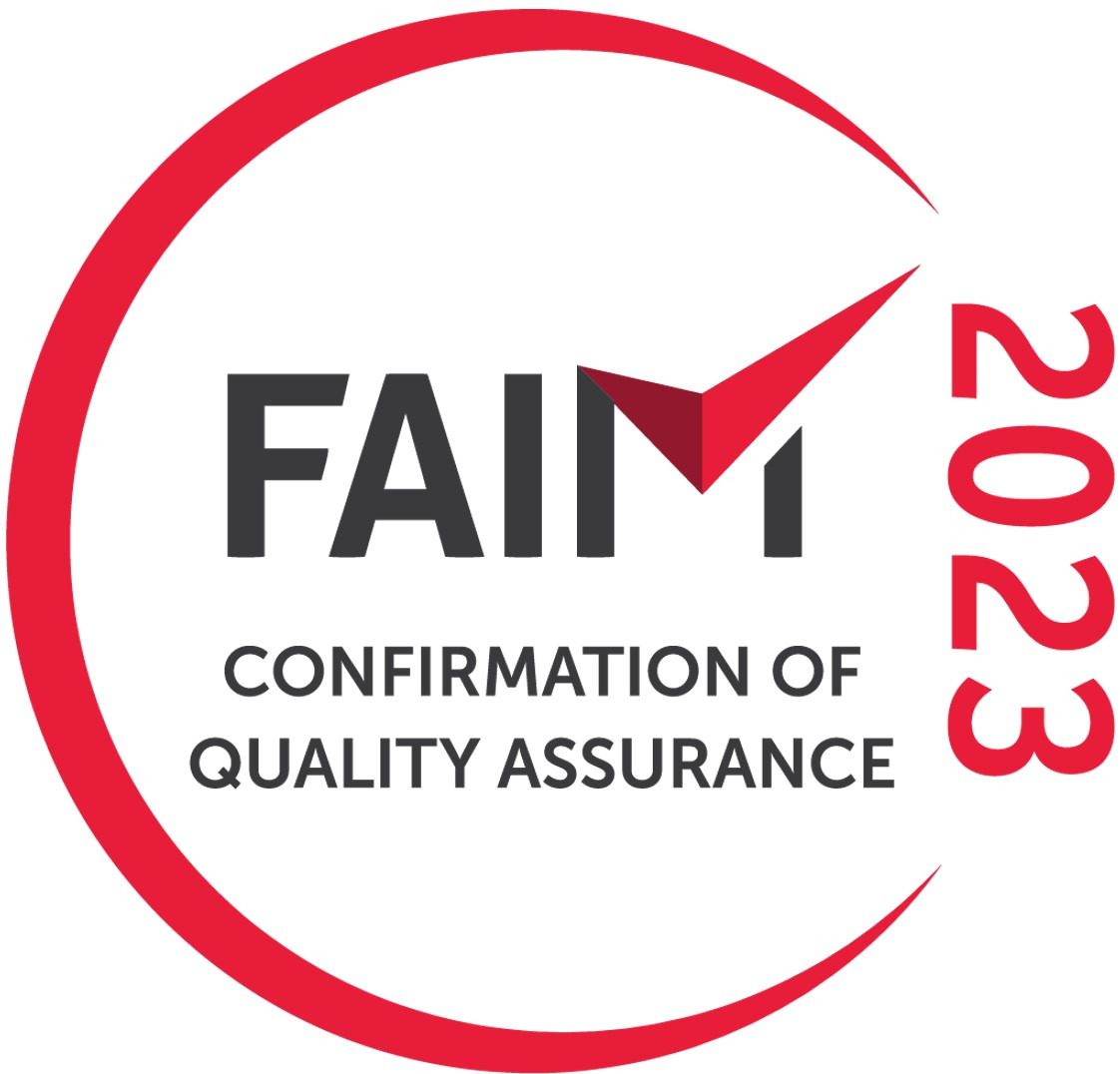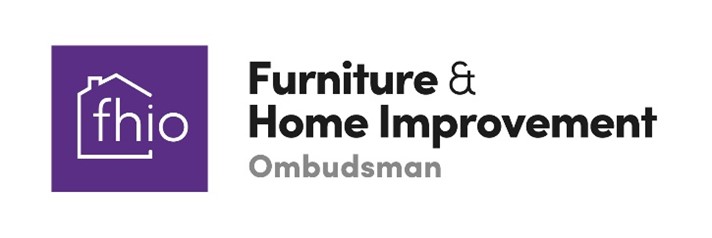Animals are an important part of Christmas symbolism across the world. We’ve taken a look at some of these animals and the stories behind why they are an important part of Christmas.
Kangaroo
In Australia a common Christmas song is ‘Six White Boomers’ which depicts Santa Claus giving his reindeers a rest when he gets to Australia and instead uses six white kangaroos! In the song, Santa also changes into some cooler clothes to cope with the much warmer climate down under.
Reindeer
These famous Christmas icons have developed over time, taking myths and stories from numerous cultures such as Father Christmas, Saint Nicolas and Sinterklaas. The older legends were never depicted with reindeer, in fact this part of the story came later and is believed to have been introduced through the poem ‘Twas the night before Christmas’ by Clement Clarke Moore in the 19th Century. The most famous reindeer – Rudolph – came even later in 1939 when an employee of a department store called Robert L. May was asked to create a Christmas story to increase marketing.
Camels and the Donkey
The three Kings or “Magi” who predicted the birth of Jesus are depicted as arriving on the backs of camels. It is also widely believed that Mary arrived in Bethlehem on the back of a donkey, as well as carrying Jesus into Jerusalem.
Ox, Donkey and Sheep
The ox and the ass/donkey are the most frequently mentioned animals of the nativity, said to have been present in the manger at the birth of Christ. These animals are almost always included in a nativity scene. Sheep are also often included in a nativity scene because the birth of Jesus is reported to have been reveal to shepherds by angels.
Mouse
The mouse often makes a small appearance due to the opening lines of the poem “The Night Before Christmas”: “Twas the night before Christmas, when all through the house / Not a creature was stirring, not even a mouse.”
Goat
Many Scandinavian Xmas decorations feature stylized goat. This is the Yule Goat which is often made of straw and represents a goat that would once have been slaughtered for the feast. Some Swedish towns display a large straw goat during the Christmas season. The Yule goat has also been regarded as a spirit which visits households to make sure the yule preparations are underway.
Pig
In the Norse tradition the family would make an oath for the coming year over the pig to be prepared for the holiday feast. This would occur on the twelfth night of Yule(January 1st). This can be seen as a precursor of the current tradition of making new year’s resolutions.
Partridge
The partridge is most commonly associated to Christmas because of the song ’12 Days of Christmas’, where the first gift is a partridge in a pear tree. This song is commonly believed to be gifts given by a true love. However, the ‘true love’ mentioned in the song represents god and the partridge in the pear tree represents Jesus Christ. In fact, all the gifts mentioned in the song have a religious connotation.
Dove
The dove often appears in Christmas decorations, often with an olive branch in its beak as a symbol of peace and forgiveness. The turtledove, specifically is a symbol of love and sacrificial animal mentioned in the Bible, which may explain its appearance it the tune “The Twelve Days of Christmas”.
Penguins
The frequent appearance penguins as a modern Christmas motif relates only to their association with snow and the wintery conditions of the season. The same is true for other animals associated with snowing environments, such as polar bears.
Robin
More than any other bird, are associated with modern Christmas animals. Robins are most visible in midwinter as shortage of food makes them tame and they puff out their feathers against the cold.
















